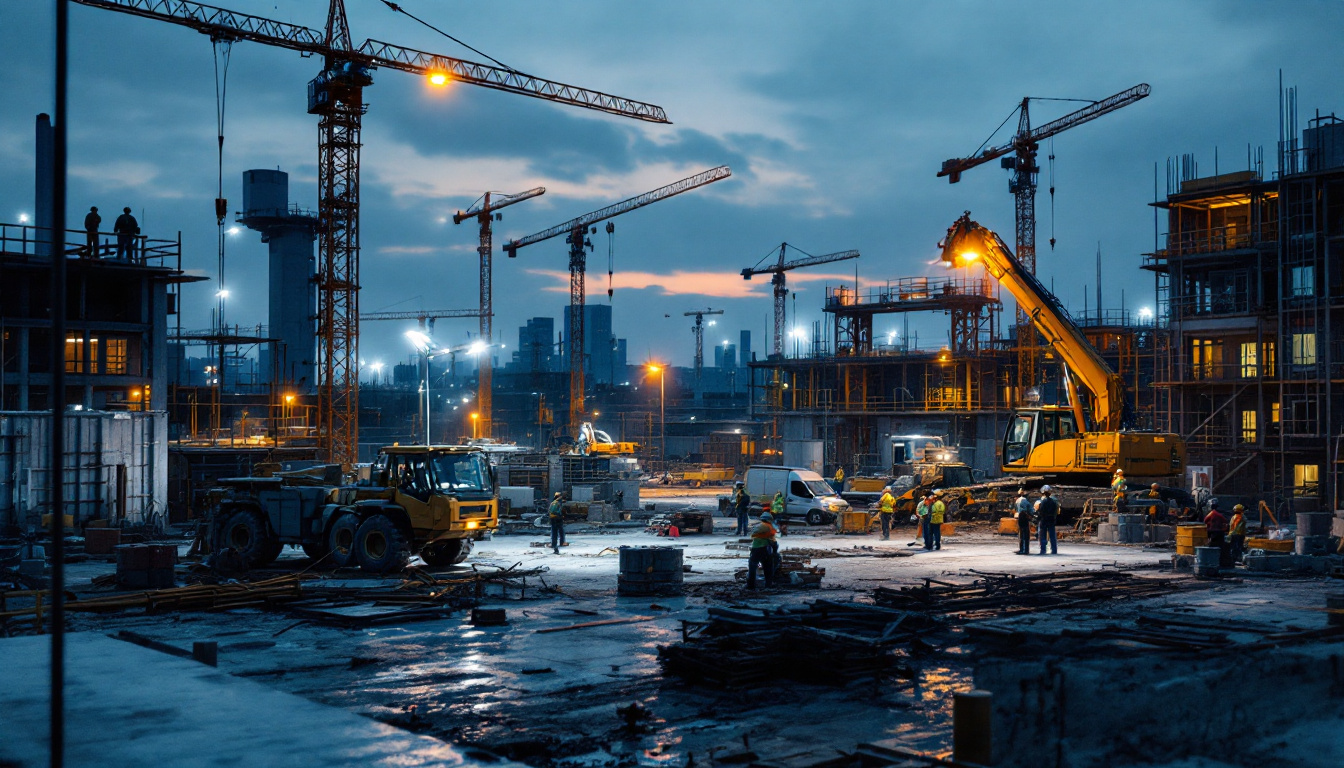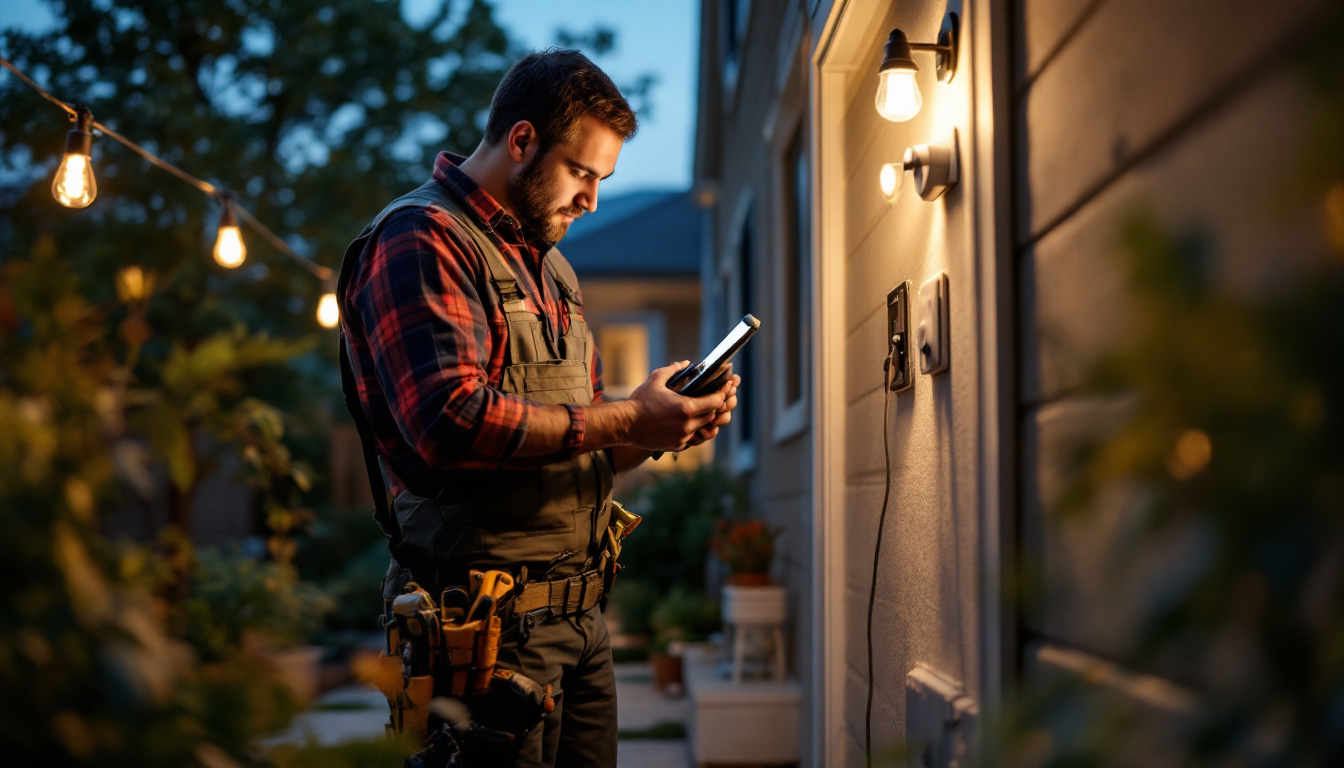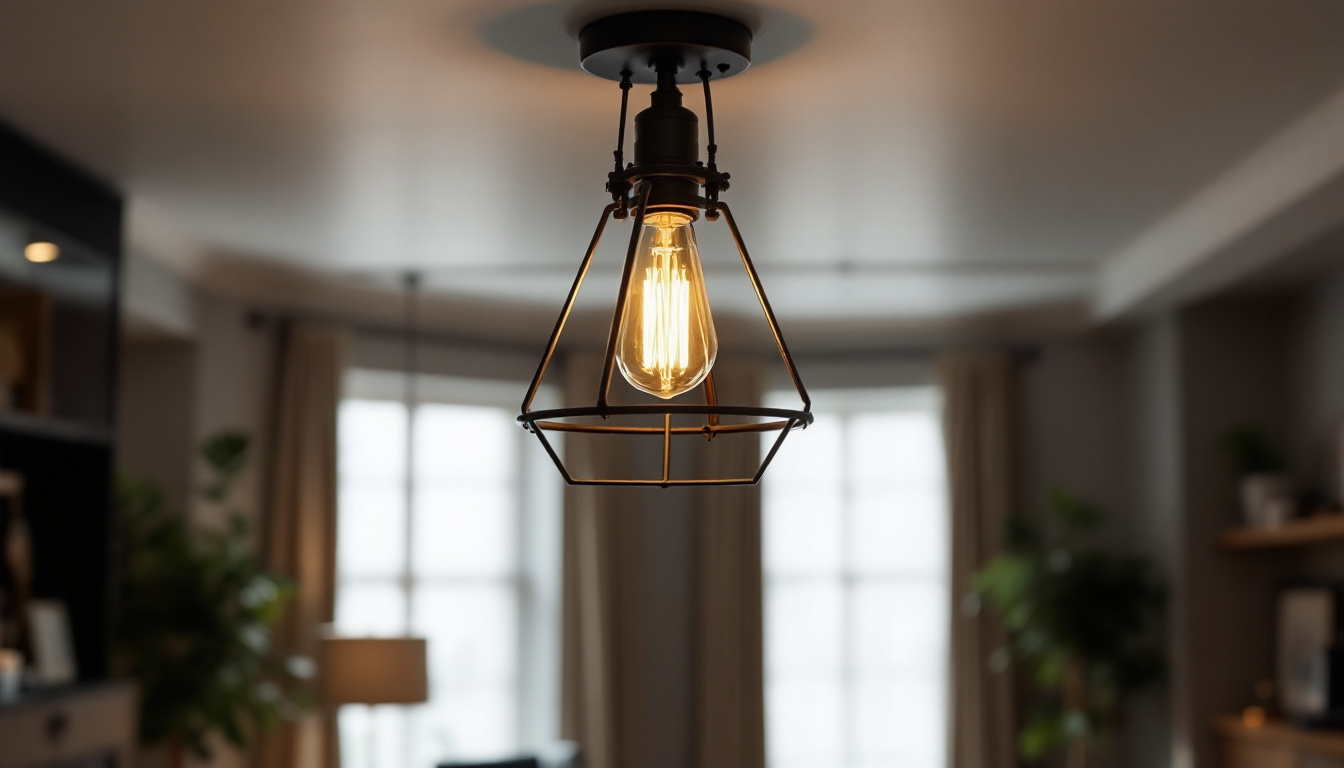

In the construction industry, lighting plays a pivotal role in ensuring safety, efficiency, and quality. For lighting contractors, understanding the best practices for construction light is essential not only for project success but also for fostering a safe working environment. This article delves into the key considerations and best practices that lighting contractors should keep in mind when working on construction sites.
Construction lighting is not merely an afterthought; it is a critical component of any project. Proper lighting enhances visibility, which is vital for the safety of workers and the quality of their output. Inadequate lighting can lead to accidents, errors, and even project delays. Therefore, understanding the importance of construction lighting is the first step toward implementing effective lighting solutions.
One of the primary functions of construction lighting is to enhance safety on site. Well-lit areas reduce the risk of accidents, such as trips and falls, which are common on construction sites. By ensuring that all work areas are adequately illuminated, contractors can help mitigate these risks and create a safer environment for all workers.
Moreover, safety lighting should not be limited to the work areas alone. Pathways, entrances, and exits must also be well-lit to guide workers safely throughout the site. This comprehensive approach to lighting can significantly reduce the likelihood of injuries.
In addition to safety, effective lighting can improve work efficiency. Proper illumination allows workers to see their tasks clearly, which can enhance productivity and reduce errors. When workers can see what they are doing, they are more likely to perform their tasks accurately and efficiently.
Moreover, the right lighting can help extend working hours. In situations where natural light is insufficient, artificial lighting can enable work to continue into the evening or during inclement weather, ultimately leading to faster project completion.
Understanding the various types of construction lighting available is crucial for lighting contractors. Each type serves different purposes and can be utilized in various situations depending on the project requirements.
Temporary lighting is essential for construction sites, especially during the initial phases when permanent fixtures are not yet installed. These lights are designed to be easily set up and dismantled, making them ideal for short-term use. Common types of temporary lighting include floodlights, string lights, and portable work lights.
Floodlights, for instance, provide broad illumination and are often used to light up large areas. String lights can be strung across workspaces to provide consistent lighting along pathways and work areas. Portable work lights are versatile and can be moved as needed, ensuring that workers have adequate lighting wherever they are working.
As the construction project progresses, permanent lighting solutions become necessary. These fixtures are designed to be installed in specific locations and are often more energy-efficient than temporary options. Examples include recessed lights, wall-mounted fixtures, and overhead lighting systems.
When selecting permanent lighting solutions, contractors should consider factors such as energy efficiency, maintenance requirements, and the specific needs of the workspace. Properly installed permanent lighting can significantly enhance the overall functionality of the space once construction is complete.
Implementing effective construction lighting requires careful planning and execution. Here are some best practices that lighting contractors should follow to ensure optimal results.
Before installing any lighting, a thorough lighting assessment should be conducted. This assessment involves evaluating the site to determine the specific lighting needs based on the tasks being performed, the layout of the site, and any potential hazards. By understanding these factors, contractors can create a lighting plan that addresses the unique requirements of the project.
During the assessment, it is essential to consider both the quantity and quality of light needed. Different tasks may require varying levels of illumination, and understanding these nuances can help in selecting the right lighting solutions.
Energy efficiency is a critical consideration in modern construction projects. Utilizing energy-efficient lighting solutions not only reduces operational costs but also minimizes the environmental impact of the project. LED lights, for example, are known for their longevity and low energy consumption, making them an excellent choice for both temporary and permanent lighting solutions.
In addition to selecting energy-efficient fixtures, contractors should also consider the placement of lights to maximize their effectiveness. Properly positioned lights can reduce the number of fixtures needed, further enhancing energy efficiency.
Once the lighting system is installed, regular maintenance and inspection are essential to ensure its continued effectiveness. This includes checking for burnt-out bulbs, ensuring that fixtures are securely mounted, and cleaning any dust or debris that may have accumulated on the lights.
Regular inspections can help identify potential issues before they become significant problems, ensuring that the lighting remains safe and functional throughout the construction process. Additionally, maintaining a well-lit site can contribute to a positive working environment, boosting morale among workers.
Construction sites can vary significantly in terms of size, layout, and the nature of the work being performed. As such, lighting contractors must be adaptable and ready to customize their lighting solutions to suit different environments.
Outdoor construction sites often require different lighting solutions compared to indoor sites. Outdoor lighting must be robust enough to withstand weather conditions and provide adequate illumination over larger areas. Floodlights and high-mast lighting are commonly used for outdoor projects, ensuring that workers can see clearly even in low-light conditions.
In contrast, indoor lighting may require more focused solutions. Task lighting, such as portable work lights or overhead fixtures, can be utilized to provide direct illumination for specific tasks. Understanding the unique requirements of both outdoor and indoor environments is crucial for effective lighting implementation.
Construction projects often progress through various phases, each with its own lighting needs. For example, during the initial excavation phase, broad illumination may be necessary to ensure safety. As the project moves into framing and finishing stages, more focused lighting may be required to highlight specific areas and tasks.
Lighting contractors should be prepared to adjust their lighting solutions as the project evolves. This flexibility can help maintain safety and efficiency throughout the construction process, ensuring that workers have the appropriate lighting for their tasks at all times.
Adhering to regulations and industry standards is a critical aspect of construction lighting. Lighting contractors must be aware of the relevant codes and guidelines that govern construction lighting to ensure compliance and safety.
Different regions may have specific codes and regulations regarding construction lighting. These can include requirements for illumination levels, fixture types, and safety measures. It is essential for lighting contractors to familiarize themselves with these regulations to avoid potential fines and ensure the safety of their workers.
In addition to local codes, contractors should also be aware of national standards that may apply to their projects. Organizations such as the Illuminating Engineering Society (IES) provide guidelines that can help contractors design effective lighting solutions that meet industry standards.
safety standards are paramount in the construction industry, and lighting plays a crucial role in maintaining a safe working environment. Contractors should ensure that their lighting solutions comply with safety standards set by organizations such as the Occupational Safety and Health Administration (OSHA).
These standards may include guidelines for minimum illumination levels, the placement of lights to avoid glare, and the use of protective covers for fixtures. By adhering to these safety standards, lighting contractors can help create a safer environment for all workers on site.
The construction industry is continually evolving, and lighting technology is no exception. Staying informed about future trends can help lighting contractors remain competitive and provide the best solutions for their clients.
Smart lighting technology is gaining traction in the construction industry. These systems allow for remote control and automation, enabling contractors to adjust lighting levels based on specific needs. For example, smart lighting can be programmed to increase brightness during peak working hours and dim during quieter times, optimizing energy usage.
Additionally, smart lighting systems can integrate with other technologies, such as sensors that detect motion or ambient light levels. This capability can enhance safety and efficiency on construction sites, making it a trend worth considering for future projects.
As sustainability becomes a priority in construction, eco-friendly lighting solutions are gaining popularity. This includes the use of renewable energy sources, such as solar-powered lights, and the implementation of energy-efficient technologies. Lighting contractors should consider incorporating sustainable practices into their projects to meet the growing demand for environmentally responsible construction.
By adopting eco-friendly lighting solutions, contractors not only reduce their environmental impact but also appeal to clients who prioritize sustainability in their projects.
Effective construction lighting is essential for ensuring safety, enhancing efficiency, and meeting regulatory requirements in the construction industry. By understanding the importance of lighting, utilizing the right solutions, and adhering to best practices, lighting contractors can significantly contribute to the success of construction projects.
As the industry continues to evolve, staying informed about new technologies and trends will be crucial for lighting contractors. By embracing innovation and sustainability, contractors can position themselves as leaders in the field, providing exceptional lighting solutions that meet the needs of their clients and contribute to safer, more efficient construction environments.
Ready to elevate your construction lighting with the best in the industry? Look no further than LumenWholesale for all your lighting needs. Our spec-grade lighting products are designed to meet the highest standards, ensuring your projects shine with safety and efficiency. With unbeatable wholesale prices and the convenience of free shipping on bulk orders, you can trust us to provide premium lighting solutions that fit your budget. Don’t let middleman markups dim your project’s potential. Choose LumenWholesale for quality, affordability, and hassle-free service. Explore our selection now and secure Wholesale Lighting at the Best Value.

Discover the key challenges lighting contractors face when installing motion lights, from technical hurdles to client expectations.

Discover how to optimize warehouse lighting with our comprehensive LED Lighting Calculator guide tailored for contractors.

Discover the pivotal role industrial style ceiling lights play for lighting contractors in transforming spaces.

Discover how LED under-counter lighting is revolutionizing the projects of lighting contractors.
Get notified when NEW deals are released.
Optimize your budget with wholesale discounts.
Only top-quality, specification-grade lighting products.
No additional costs at checkout - what you see is what you pay.
We understand the unique needs of contractors.